Detailed Analysis of Gold vs. Diamonds as Luxury Assets
Introduction
When considering luxury assets for investment, both gold and diamonds are often compared, but gold and diamond tends to outshine diamonds in several key areas. This response explores why gold is typically seen as the superior choice, focusing on its reliability as a store of value, liquidity, and historical performance. We'll also touch on unexpected factors, such as the ethical considerations of diamond mining, which may influence investment decisions.
Investment Stability and Track Record
Gold has been used as fiat currency for thousands of years, making it a trusted store of intrinsic value. Historical data shows prices have generally increased over time, with a compound annual growth rate of around 6.5% from 1960 to 2025, based on prices rising inflation from $35 per ounce to $2,858 per ounce (MacroTrends). Diamonds, while valuable, lack a consistent long-term track record, with growth rates often lower, such as 2.6% per year for high-quality diamonds from 1960 to 2016 (Ajediam).
Liquidity and Resale Value
Gold is highly liquid, meaning it can be sold quickly at fair market value through dealers, banks, or exchanges. For example, a gold bar coin can be sold near its spot price. In contrast, diamond jewellery
, often have poor resale value, fetching only 30-40% of their retail price due to high initial markups (CreditDonkey). Buy gold a more practical choice for investors needing access to funds.
Unexpected Ethical Considerations
An unexpected factor is the ethical dimension: diamonds have been linked to conflict zones and unethical labor practices, often referred to as "blood diamonds," while gold has more options for fair-trade and recycled sourcing, potentially appealing to socially conscious investors (Leibish).
Detailed Analysis of Gold vs. Diamonds as Luxury Assets
This section provides a comprehensive examination of why gold is considered a superior luxury asset compared to diamonds, particularly in the context of investment. Drawing from historical data, market trends, and qualitative factors, we explore the case against diamonds and highlight gold’s advantages. All findings are based on extensive research into available sources, ensuring a thorough understanding for investors and enthusiasts alike when determining which other asset represents a better investment.
Understanding Gold and Diamonds as Investments

Investing in gold and diamonds can be a strategic way to diversify your attractive investment portfolio and potentially increase your wealth. However, it’s essential to understand the unique characteristics of each investment in both gold and diamonds before making a decision. Gold, a precious metals valued for centuries, has its price determined by global supply and demand dynamics. On the other hand, colored diamonds are unique natural creations, with their intrinsic value influenced by factors such as carat weight, cut, clarity, and color.
When it comes to gold investments, you have several options to choose from, including physical gold, gold coins, and gold ETFs. Physical gold is a tangible asset that you can hold in your hand, providing a sense of security and ownership. Gold coins offer a convenient way to sell gold, often with historical and collectible intrinsic value. Gold ETFs, meanwhile, provide exposure to prices without the need to store physical gold, making them a practical choice for many investors.
Diamonds, however, are typically invested in through diamond jewelry or as loose diamonds. The value of better investments is heavily dependent on the 4Cs—carat weight, cut, clarity, and color—each contributing to the diamond's worth. Unlike gold, which has a standardized pricing mechanism, diamond prices can vary significantly based on these quality factors.
Financial market trends and price volatility are also crucial considerations. Prices can fluctuate due to changes in the global economy, interest rates, and inflation. Diamond prices, on the other hand, are influenced by consumer demand, production levels, and broader economic downturns conditions. Understanding these dynamics is essential for making informed investment decisions in both gold and diamonds.
Historical Performance and Investment Track Record

Gold’s long-standing role as a store of value is well-documented, with historical data showing significant appreciation over time, making it a reliable gold investment. For instance, from 1960 to March 5, 2025, gold prices rose from approximately $35 per ounce to $2,858 per ounce, reflecting a compound annual growth rate (CAGR) of about 6.5% (MacroTrends). This stability is attributed to gold’s use as currency since ancient times and its role as a safe-haven asset during economic turmoil uncertainty.
Diamonds, conversely, do not exhibit the same consistent performance. Historical data for exceptional stones is less standardized due to their variability in quality (carat, cut, clarity, color). For example, a high-quality D-IF 1-carat diamond increased from $15,000 in 1960 to $60,000 by 2016, yielding a CAGR of approximately 2.6% (Ajediam). Lower-quality diamonds, such as K-SI2, showed similar trends, with prices rising from $2,000 to $6,000 over the same period, also around 2.6% CAGR. However, some sources, like A Star Diamonds, claim higher annual increases (e.g., 14.47%), but these figures appear inconsistent with actual price data, suggesting potential errors in reporting.
Post-1971, after the gold standard was abandoned, gold’s performance was even stronger. From 1971 ($40 per ounce) to 2025 ($2,858 per ounce), the CAGR was approximately 8.5%, outpacing diamonds’ estimated 2.2% CAGR over a similar period for D-IF diamonds (Investopedia). This disparity highlights gold’s superior long-term returns, making it a more reliable investment option.
Tangibility and Valuation Standards for Precious Metals
Gold’s value is based on financial objective measures—weight and purity—providing a universal standard. This precious metals tangibility ensures consistency across markets, with prices determined by global economic conditions and currency values (Diamant-Gems). Diamonds, however, are valued subjectively based on the 4Cs, leading to significant variability in a synthetic diamond's price. For instance, a round, five-carat D-color, IF-clarity diamond’s price increased by 144% from 2004 to 2015, but such specific examples do not reflect the broader market, which lacks a standardized pricing mechanism (Diamant-Gems).
This subjectivity complicates diamond investments, as prices can vary widely based on cut, clarity, and consumer perception, reducing their appeal as a stable asset.
Liquidity and Resale Value
Liquidity gold is a significant advantage, with investors able to sell gold or coins near spot prices through established channels like banks and exchanges. For example, a gold bullion coin can be sold at prices close to the current market rate, ensuring immediate convertibility (Investopedia). Diamonds, particularly in jewelry industry, face resale challenges. Real-world examples show diamond rings often resell for 30-40% of their retail price due to high initial markups and lack of a standardized market (CreditDonkey). This depreciation is evident in the weak resale market, where consumers rarely recover their investment, making gold a more liquid and practical choice.
Inflation Hedging and Market Dynamics of Gold Prices
Gold is widely recognized as a hedge against inflation, with prices tending to rise during inflationary periods to preserve wealth power, especially when the stock market is volatile. Historical data from 2000 to the mid-2020s shows gold investments multiplying ninefold, outpacing the S&P 500’s sixfold increase during certain periods (Investopedia). Polished diamonds, however, do not offer the same hedging properties. Their prices are influenced more by consumer trends and artificial market controls, such as De Beers’ historical monopoly, which stockpiled diamonds to create scarcity (A Star Diamonds). This control has weakened over time, with De Beers’ market share dropping from 90% in the 1980s to around 33% currently, but diamond worth remain susceptible to fluctuations, especially with the rise of lab-grown diamonds (A Star Diamonds).
Market Control and Scarcity in the Diamond Market
The synthetic diamond market's history of artificial scarcity, driven by De Beers, contrasts with gold's more natural market dynamics. De Beers' strategies, such as controlling supply through stockpiling, inflated prices for decades, but recent discoveries in Russia, Canada, and Australia have reduced their influence (A Star Diamonds). Pure gold, with its naturally limited supply and global acceptance, is less subject to such manipulations, enhancing its stability as an investment.
Gold Investment Recognition and Portfolio Diversification
Gold is a recognized as a safe haven asset, held by central banks, institutional investors, and individuals for financial security. It is traded on commodity exchanges, offering exposure through ETFs, mutual funds, and physical ownership (Groww.in). Diamonds, however, are not typically considered financial strategy assets, with less than 5% used for speculative purposes, limiting their aesthetic appeal for those looking to invest in diamonds (Astteria). Gold’s market independence, driven by economic conditions, contrasts with diamonds’ reliance on consumer trends, making gold a more robust choice for diversification.
Cultural and Historical Significance
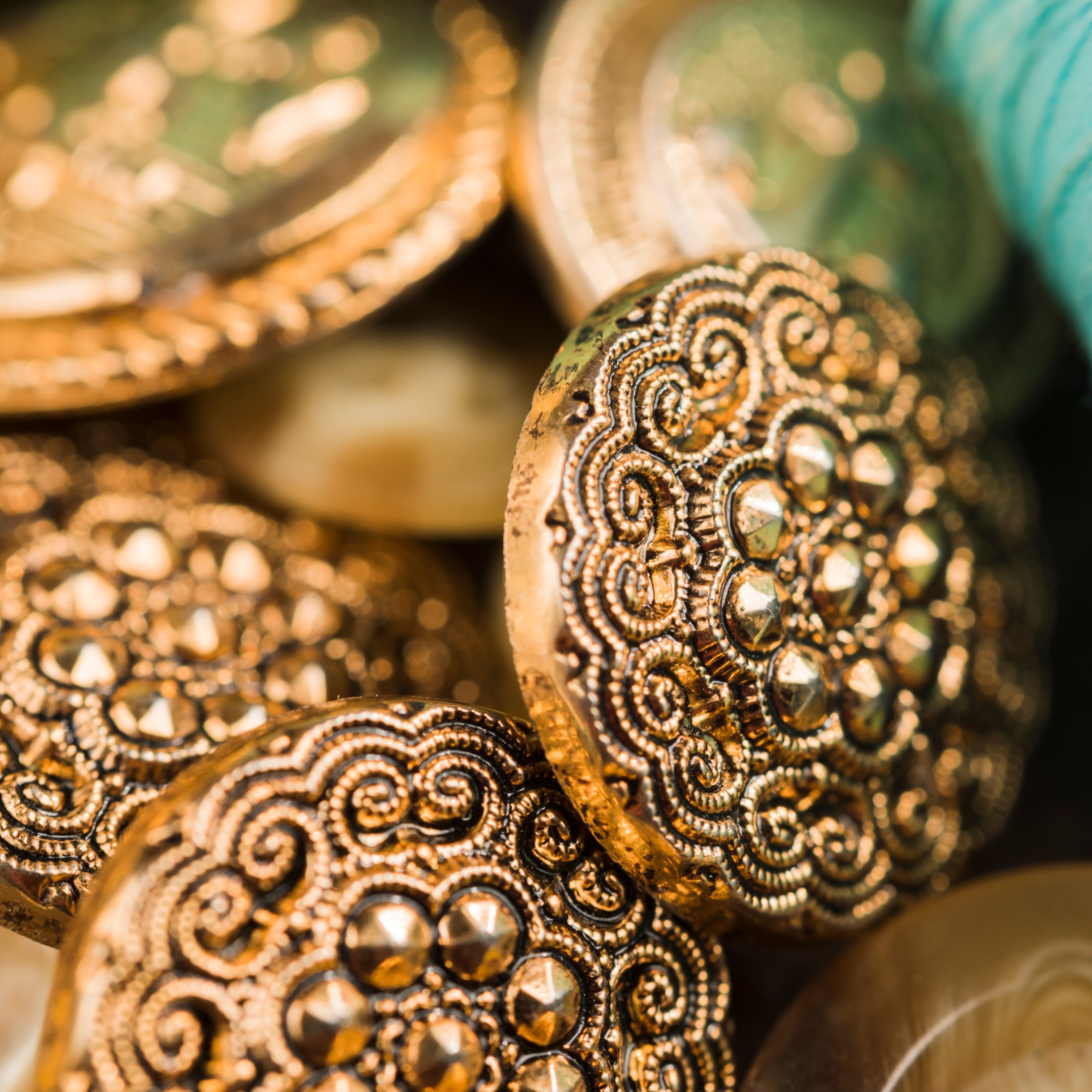
Gold’s cultural and historical significance as money spans over 5,000 years, used by civilizations for trade and wealth preservation(Bajaj Finserv). Wholesale diamonds’ value, particularly in a diamond engagement ring, is a 20th-century marketing invention, with De Beers’ “A Diamond is Forever” campaign creating demand (Masterworks). This modern construct contrasts with gold’s permanent status across cultures, reinforcing its investment appeal.
Environmental and Ethical Considerations
Ethical concerns are more pronounced for precious stone, with issues like conflict diamonds and unethical labor practices in mining regions (Leibish). The gold market, while not without environmental impact, offers fair-trade and recycled options, providing sustainable alternatives for gold investors. For instance, recycled gold reduces the need for new mining, mitigating ecological damage compared to diamond extraction, which often involves significant waste once cut (Leibish).
Conclusion and Investor Implications
Given these factors, pure gold is widely considered a safer bet for investors seeking stability, liquidity, and a strong historical track record. Diamonds, while luxurious, are better suited as consumption goods rather than investments, with poor resale value and market volatility. For those considering investment-physical assets, gold’s global recognition and performance make it the preferred choice, especially in economic uncertainty climates.
Table: Comparison of Key Investment Metrics
|
Metric |
Gold |
Diamonds |
|---|---|---|
|
Historical CAGR (1960-2025) |
~6.5% |
~2.6% (D-IF, high-quality) |
|
Liquidity |
High, sold near spot price |
Low, resale often 30-40% of retail |
|
Reliable Inflation Hedge |
Strong, rises with inflation |
Weak, influenced by consumer trends |
|
Market Control |
Natural, less manipulated |
Historically controlled, e.g., De Beers |
|
Ethical Concerns |
Fair-trade/recycled options available |
Linked to conflict diamonds |
This table summarizes the key differences, highlighting gold’s advantages in investment metrics.
Risks and Considerations
Investing in diamonds and gold comes with its own set of risks and considerations that you should be aware of before making a decision. Here are some key points to keep in mind:
Insurance and Storage Costs for Gold
When investing in gold, one of the primary considerations is the cost of insurance and storage. Physical gold needs to be stored securely, either in a home safe or a bank’s safety deposit locker. Each storage option comes with its own costs and levels of security. Additionally, insuring your gold is crucial to protect against theft or loss. Insurance costs can vary depending on the intrinsic value of your gold and the level of coverage you choose, adding to the overall expense of holding physical gold.
Expertise Required for Diamond Investment
Investing in diamonds vs gold requires a significant level of expertise and knowledge of the market. Understanding the 4Cs—carat weight, cut, clarity, and color—is essential, as these factors directly impact the value of a diamond. Additionally, investors need to be aware of the different types of diamonds, including natural diamonds and lab-grown diamonds. The market can be complex, with prices influenced by various factors, making it crucial for investors to have a deep understanding of the diamond industry to make informed decisions.
Making an Informed Decision
To make an informed decision when investing in diamonds vs gold, it’s essential to consider your investment goals and risk tolerance. Here are some key factors to keep in mind:
Understanding Your Investment Goals and Risk Tolerance
Before investing in diamonds or gold, it’s crucial to understand your investment option and risk tolerance. Are you looking for a long-term investment or a short-term gain? Are you willing to take on more risk in pursuit of higher returns, or do you prefer a more conservative approach? Understanding your goals and risk tolerance will help you make a more informed decision when choosing between gold and diamonds.
It’s also essential to stay informed about market trends and price volatility. For gold, this means keeping an eye on changes in the global economy, interest rates, and inflation. For diamonds, it involves understanding demand, production levels, and broader economic conditions. By staying informed and considering these factors, you can make a more informed decision when investing in gold precious natural materials.
By understanding the characteristics of gold and diamonds as investments, considering the risks and considerations, and making an informed decision based on your investment and risk tolerance, you can navigate the complexities of investing in diamonds vs gold with greater confidence.


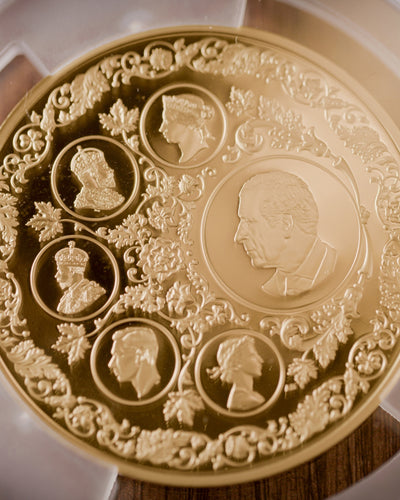
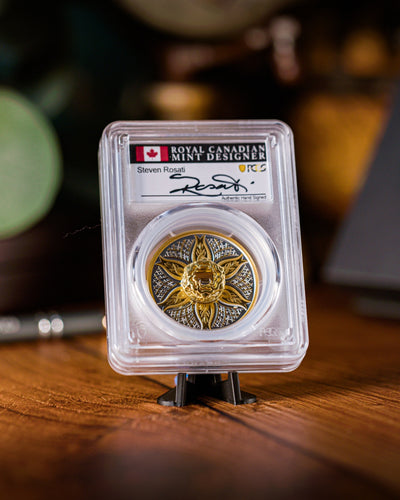

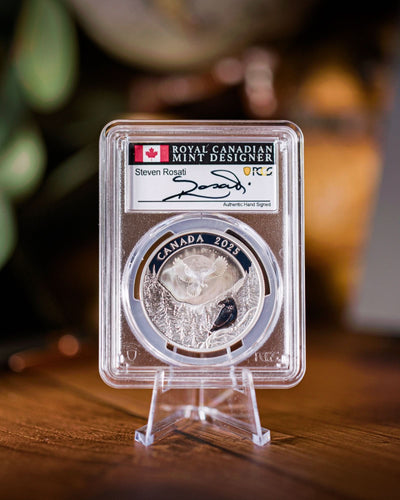
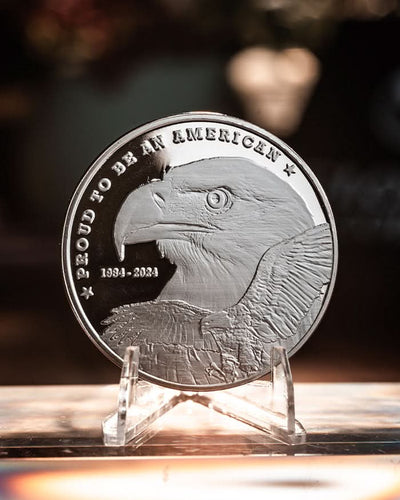
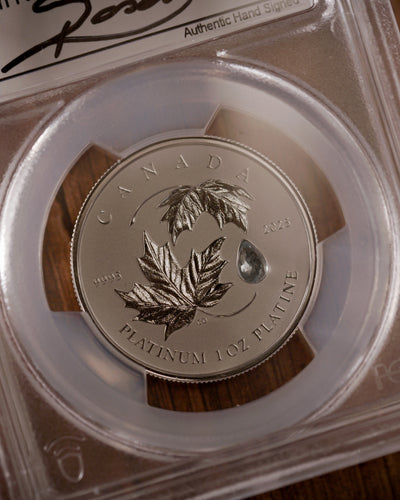
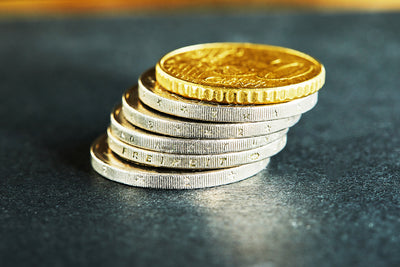


Leave a comment
This site is protected by hCaptcha and the hCaptcha Privacy Policy and Terms of Service apply.